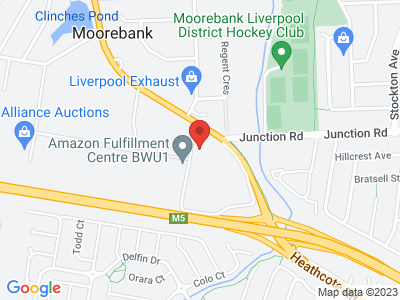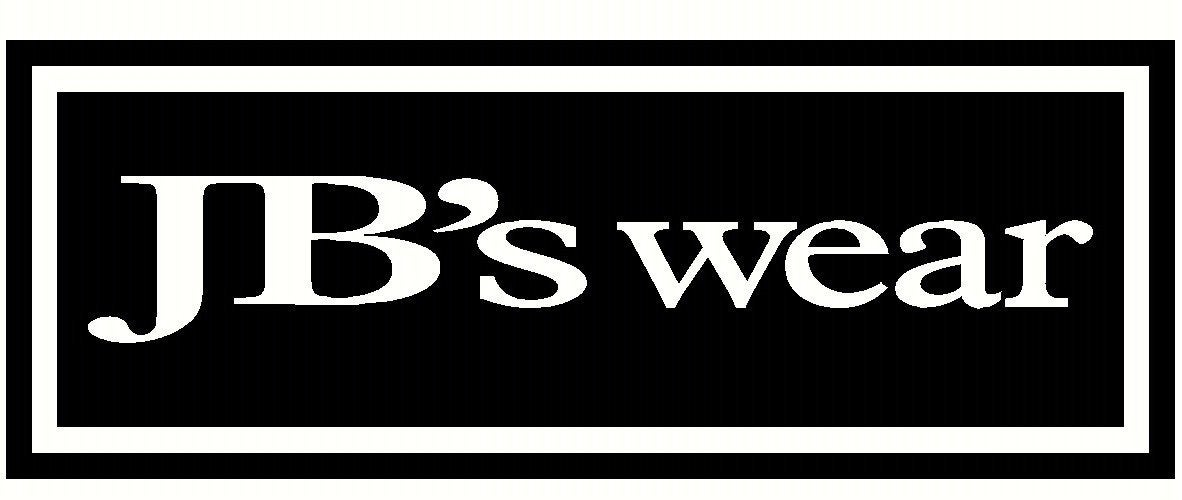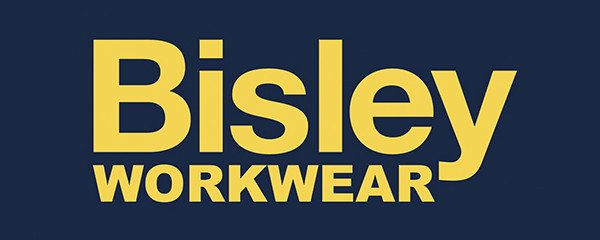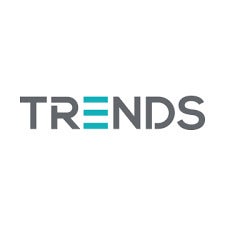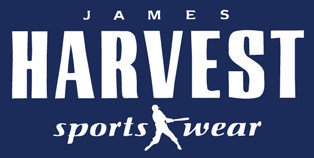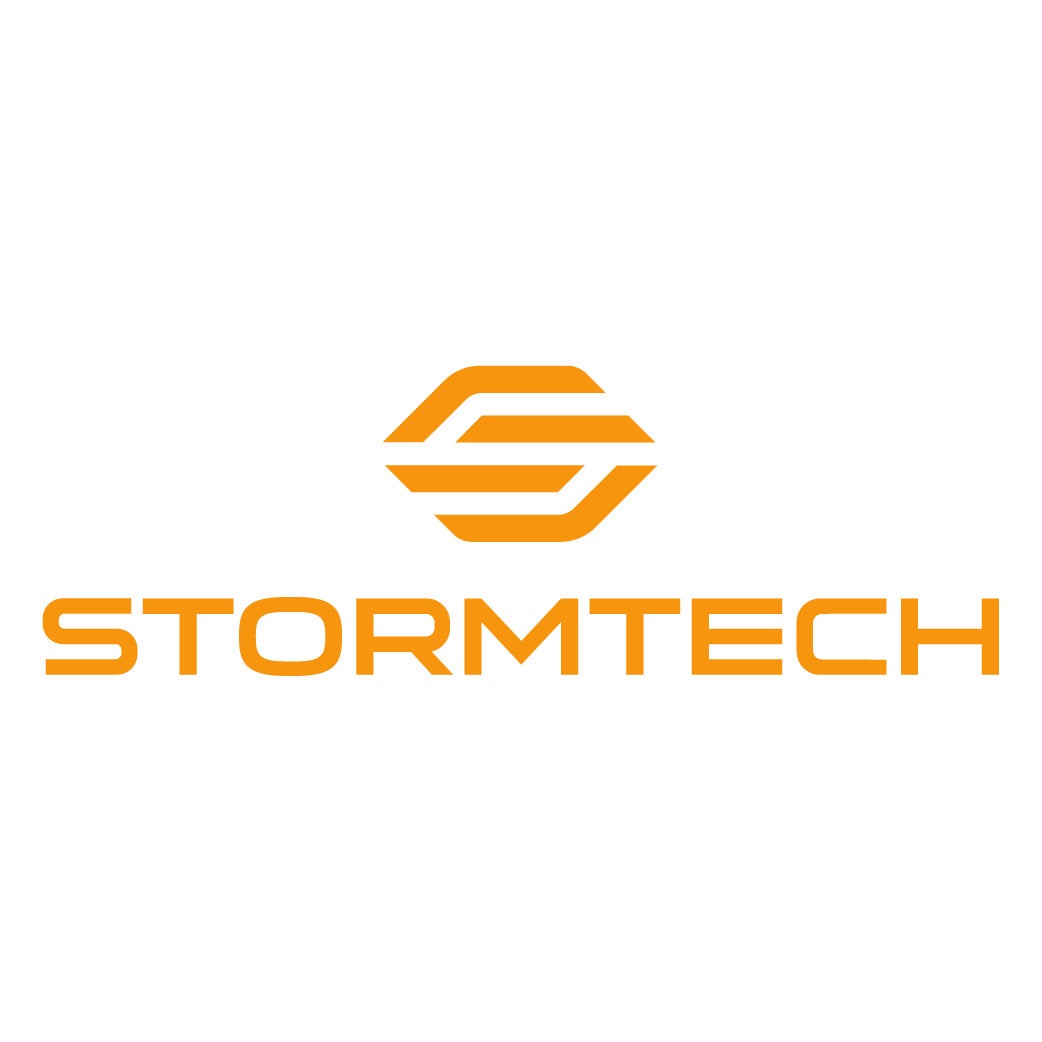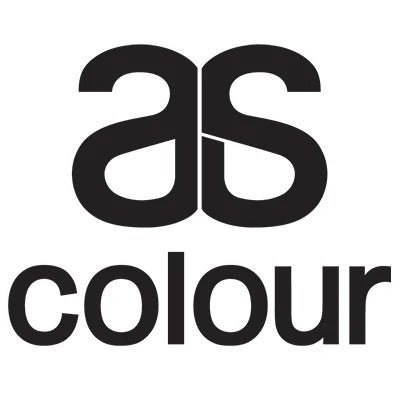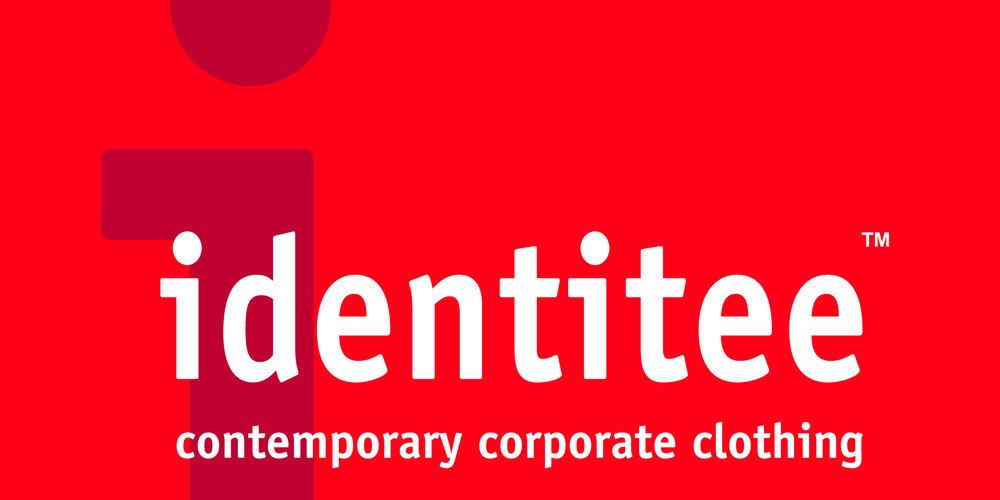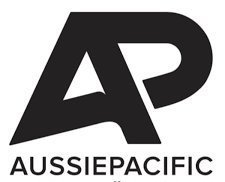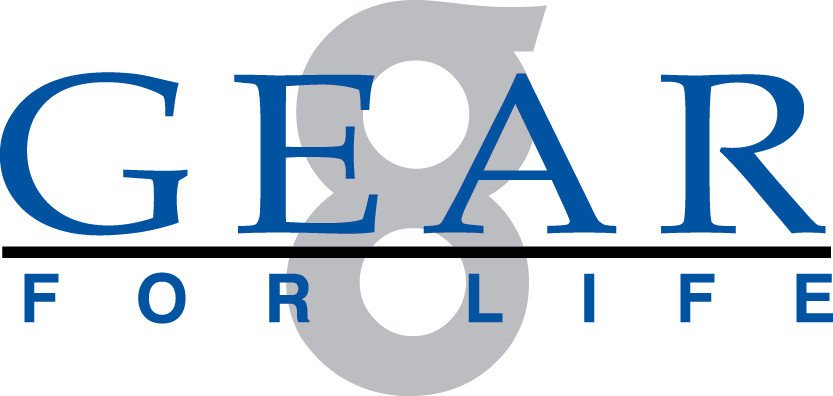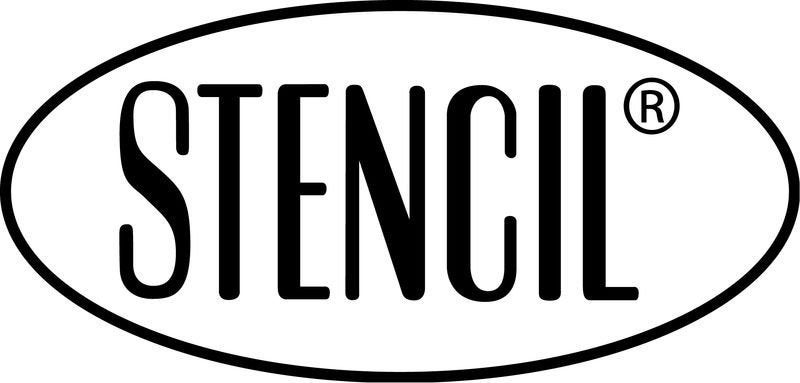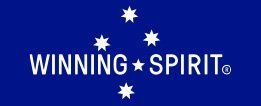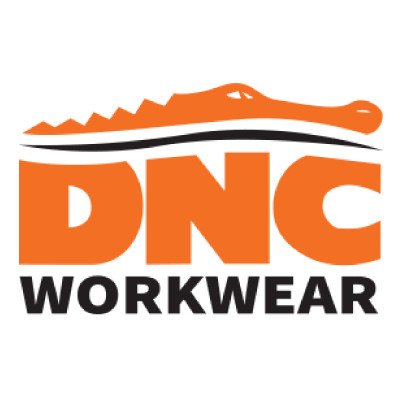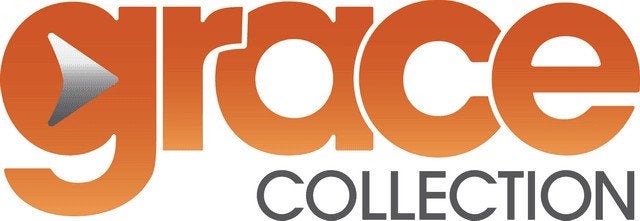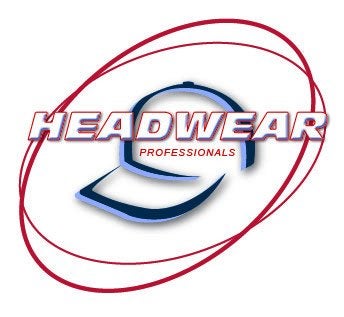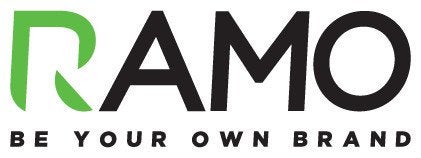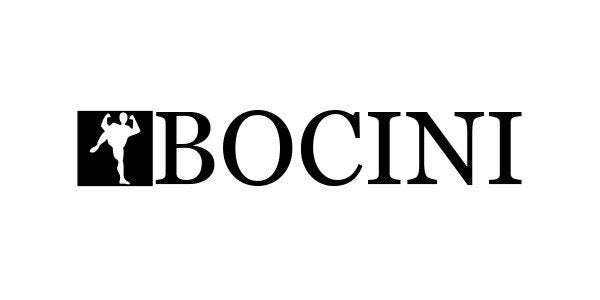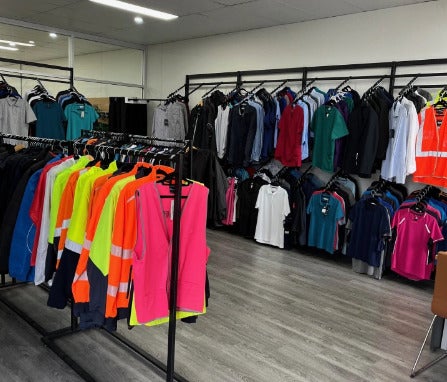
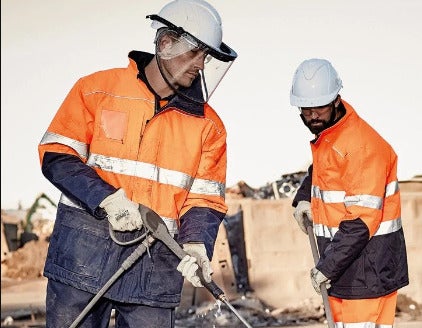
Workwear has come a long way from its utilitarian roots, evolving into a dynamic blend of style, functionality, and comfort. The purpose of workwear in Hoxton Park has always been to provide safety and comfort while enabling workers to perform their jobs efficiently. Over the years, however, workwear has adapted to changing industries, fashion trends, and technologies, especially in areas like Hoxton Park, where industrial growth has surged. Let’s explore the fascinating evolution of workwear and how it continues to redefine itself in the modern age.
The Early Days of Workwear
Workwear initially served a single purpose of protection. In the early days of the Industrial Revolution, garments were designed to withstand harsh working conditions. Workers, especially those in factories and construction, required clothing made from durable, heavy fabrics like denim and canvas.
The Birth of Durable Fabrics
• Denim: Originating in the 19th century, denim quickly became the fabric of choice for heavy labour. Its toughness and resistance to wear made it ideal for factory workers and miners. The blue-jean revolution, led by Levi Strauss, further cemented denim as a staple of workwear.
• Canvas and Wool: Alongside denim, canvas and wool were commonly used for their durability and insulating properties. Wool, in particular, was popular for outdoor workers due to its ability to retain warmth, even when wet.
Functionality Over Fashion
In the early days, functionality was prioritised over style. Garments were designed with a practical purpose in mind: to protect workers from injuries and the elements. Items like overalls, aprons, and smocks dominated this era, often with reinforced seams and pockets for tools.
The Rise of Industrial Uniforms
As industries grew, particularly after World War II, the concept of industrial uniforms emerged. Workwear wasn’t just about protection anymore it began to symbolise professionalism, teamwork, and a company’s identity.
Branding Through Workwear
• Company Logos: Businesses in industries like manufacturing, logistics, and automotive began adding company logos to their workers' uniforms. This not only created a cohesive look but also promoted brand identity.
• Colour-Coding: Many industries introduced uniforms in specific colours to identify roles within the workforce. For instance, white for medical professionals or blue for factory workers became common.
The Introduction of New Fabrics
With the advancement of technology, new synthetic fabrics like polyester and nylon were introduced in workwear. These materials were lighter, more breathable, and provided moisture resistance, making them popular in industries that required long hours of labour.
Modern Workwear: A Blend of Functionality and Fashion
Today’s workwear in Hoxton Park and beyond represents a balance between practicality and style. The modern worker demands clothing that not only offers protection but also aligns with contemporary fashion trends.
Performance Fabrics
One of the most significant advancements in modern workwear is the introduction of performance fabrics. These fabrics are engineered to offer superior comfort, flexibility, and breathability while maintaining durability.
• Moisture-Wicking: Fabrics that pull sweat away from the body keep workers dry and comfortable, even in demanding environments. These are especially useful in industries like construction, where physical activity is high.
• Stretch Fabrics: The integration of stretchable materials like spandex has revolutionised workwear. Workers now enjoy garments that are comfortable, providing better mobility without compromising on durability.
Customisable Workwear
Another trend in modern workwear is the increasing demand for customisation. Companies and employees alike want garments that reflect their brand or personal style. From embroidered logos to specific colour schemes, custom workwear in Hoxton Park is becoming a popular option.
Sustainability in Workwear
With the global shift towards sustainability, workwear is also evolving to be more eco-friendly. The use of organic and recycled materials is growing, and companies are looking for ways to reduce their carbon footprint.
Recycled Fabrics
• Recycled Polyester: One of the most popular sustainable fabrics used in workwear is recycled polyester. This material is made from recycled plastic bottles and is not only eco-friendly but also durable and moisture-resistant.
• Organic Cotton: Organic cotton is gaining popularity due to its minimal environmental impact compared to traditional cotton. It's grown without harmful chemicals and pesticides, making it a sustainable option for workwear.
Durability Equals Sustainability
Another sustainable aspect of modern workwear is durability. The longer a garment lasts, the fewer resources are needed to replace it. Many companies are focusing on creating high-quality, long-lasting products, which reduce the overall environmental impact.
Style Trends in Workwear
While functionality remains the primary focus, style trends are playing an increasingly important role in workwear design suppliers. Workers want to look good and feel confident in their attire, leading to the incorporation of modern fashion trends into workwear.
The Rise of Athleisure in Workwear
Athleisure, a trend that blends athletic and leisurewear, has made its way into workwear. This trend is characterised by comfortable, flexible clothing that can transition from the job site to everyday wear. Hoodies, jogger pants, and sleek, streamlined jackets are becoming common in industries where comfort is key.
Slim-Fit Designs
Gone are the days when workwear had to be baggy and oversized. Slim-fit designs are gaining popularity, offering a more tailored look while maintaining comfort and functionality. Slim-fit trousers, fitted jackets, and form-fitting shirts are increasingly seen in industries like retail and hospitality.
Gender-Inclusive Workwear
Modern workwear is also evolving to be more inclusive. Brands are designing garments that cater to different body types, ensuring that both men and women have access to comfortable and stylish options. This shift is particularly important in traditionally-male-dominated industries like construction, where finding workwear that fits women properly was once a challenge.
The Future of Workwear in Hoxton Park
With advancements in technology and sustainability, the future of workwear in Hoxton Park and other industrial areas looks promising. Wearable technology, smart fabrics, and even more customisable options are on the horizon.
Wearable Technology
Wearable technology is expected to play a significant role in the future of workwear. From garments that can monitor a worker's health to those that improve safety with integrated lighting or heating, the possibilities are endless.
Smart Fabrics
Smart fabrics, which can adapt to the environment or the wearer’s needs, are another exciting development. These fabrics can regulate body temperature, improve comfort, and even change colour, providing both functional and aesthetic benefits. Get in touch with us today for more.
FAQs About Workwear In Hoxton Park
1. What makes modern workwear different from traditional workwear?
Modern workwear is designed to blend functionality with style. Unlike traditional workwear, which focuses primarily on protection, modern workwear incorporates performance fabrics, stylish designs, and customisable options, offering workers greater comfort and flexibility while maintaining a professional appearance.
2. What are some popular materials used in workwear today?
Today’s workwear commonly features performance fabrics like moisture-wicking polyester, stretchable spandex, and durable nylon. Sustainable fabrics such as recycled polyester and organic cotton are also becoming popular in industries that prioritise environmental responsibility.
3. How can companies in Hoxton Park customise their workwear?
Companies in Hoxton Park can customise their workwear by incorporating logos, choosing specific colours, and selecting styles that reflect their brand identity. Custom embroidery and screen printing are popular options for adding personalisation to garments.
4. Is sustainable workwear as durable as traditional workwear?
Yes, sustainable workwear is designed to be just as durable as traditional workwear. Recycled and organic materials undergo rigorous testing to ensure they meet industry standards for strength and longevity, ensuring workers are protected and comfortable.
5. What are the trends shaping the future of workwear?
Trends such as wearable technology, smart fabrics, and increased sustainability are expected to shape the future of workwear. These innovations will provide enhanced safety, comfort, and environmental benefits for workers across various industries.
Fully Promoted Liverpool
Unit 4 / 43 Heathcote Road
Moorebank New South Wales 2170
Fully Promoted has a great range of team and sport shirts.
See moreFabric, fit and style are all on offer with our range of classic business shirts.
See moreFully Promoted has a great range of smart casual shirts.
See moreFully Promoted has a great range of hard wearing trade shirts.
See moreSafety first is a feature of our hi-vis wear. Be seen when and where it counts.
See moreZip up trends for warmth and styling are both practical and ideal for branding.
See moreNothing beats Hoodies and Fleece for warmth and comfort. Great styling and a huge range of colours.
See moreShow off your branding and your conference theme with our special purpose conference bags
See moreCooler bags create the perfect big chill, making them a great gift idea.
See moreYou can never have enough data storage. USBs make the perfect giveaway or conference freebie.
See moreExperience
We have more than a decade of experience sourcing and supplying uniforms and promotional products, and we partner with the most responsive wholesale suppliers to bring you an extensive range of products to choose from delivering great features and best value for money.
Create exactly the look you want with a variety of branding options. Our experts can help you discover which techniques will best represent your brand and your budget.
Whether it’s embroidery for your garments, screen printing for a run of apparel, or the latest in branding technology with direct to transfer printing, Fully Promoted has you covered.
Contact Fully Promoted today.
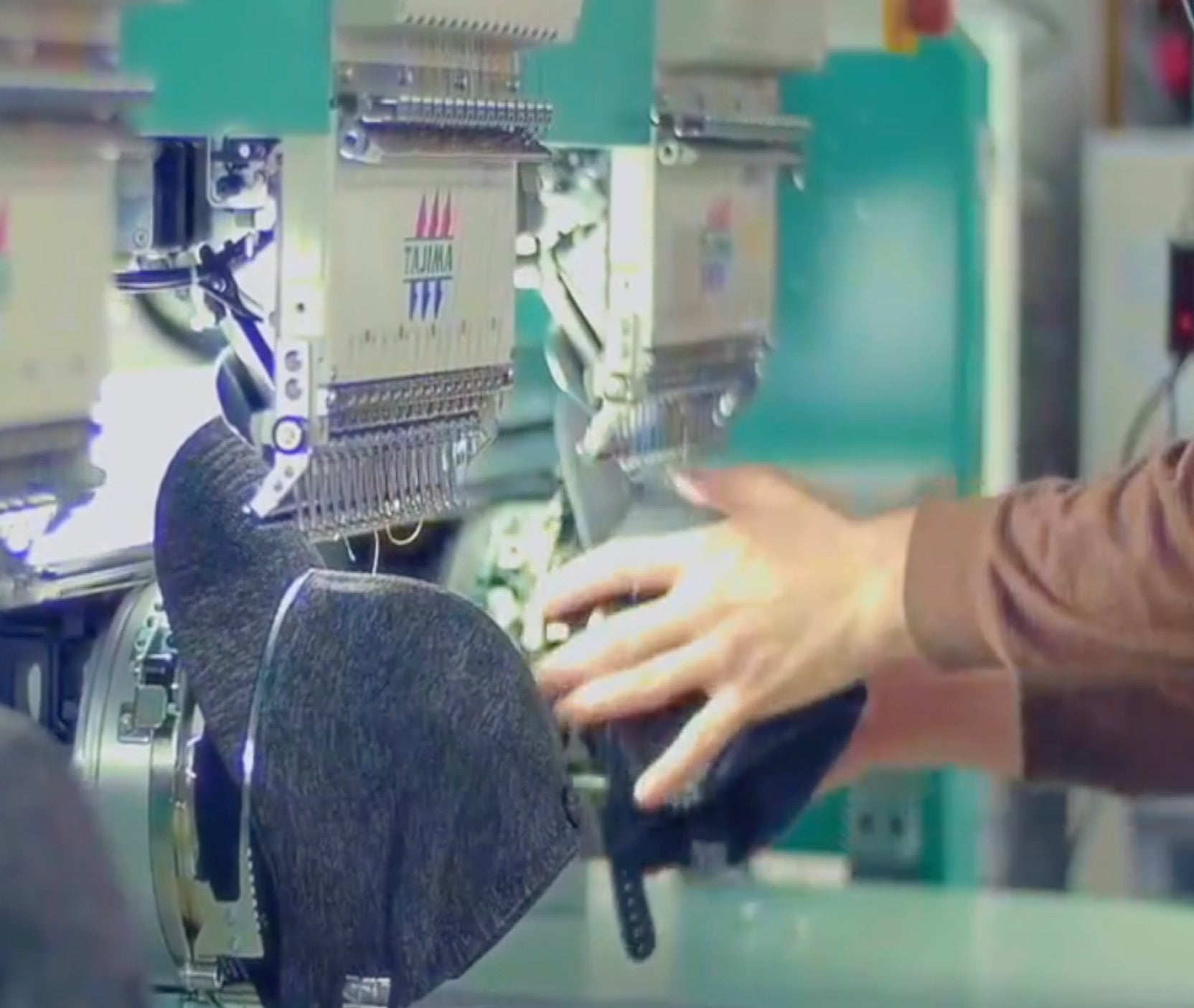
At Fully Promoted we supply and brand jackets, shirts, t-shirts, caps, hi-vis gear, promotional products and more. We only sell top quality apparel and promotional products and use the best branding processes, to ensure you get professional, long-lasting results.
GDPR Notice | ADA Notice | Privacy Policy
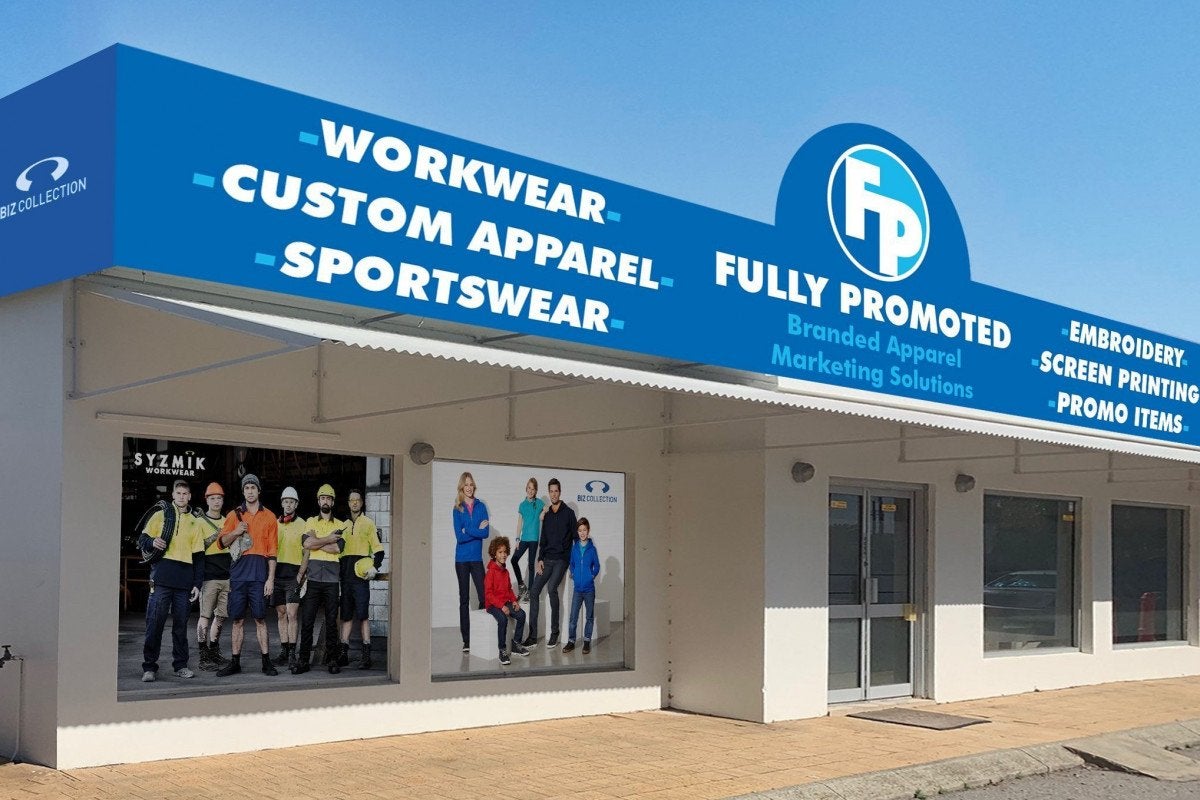
Join our winning team and own your future with
Fully Promoted - the largest promotional franchise
in Australia.
Apply Today! >


